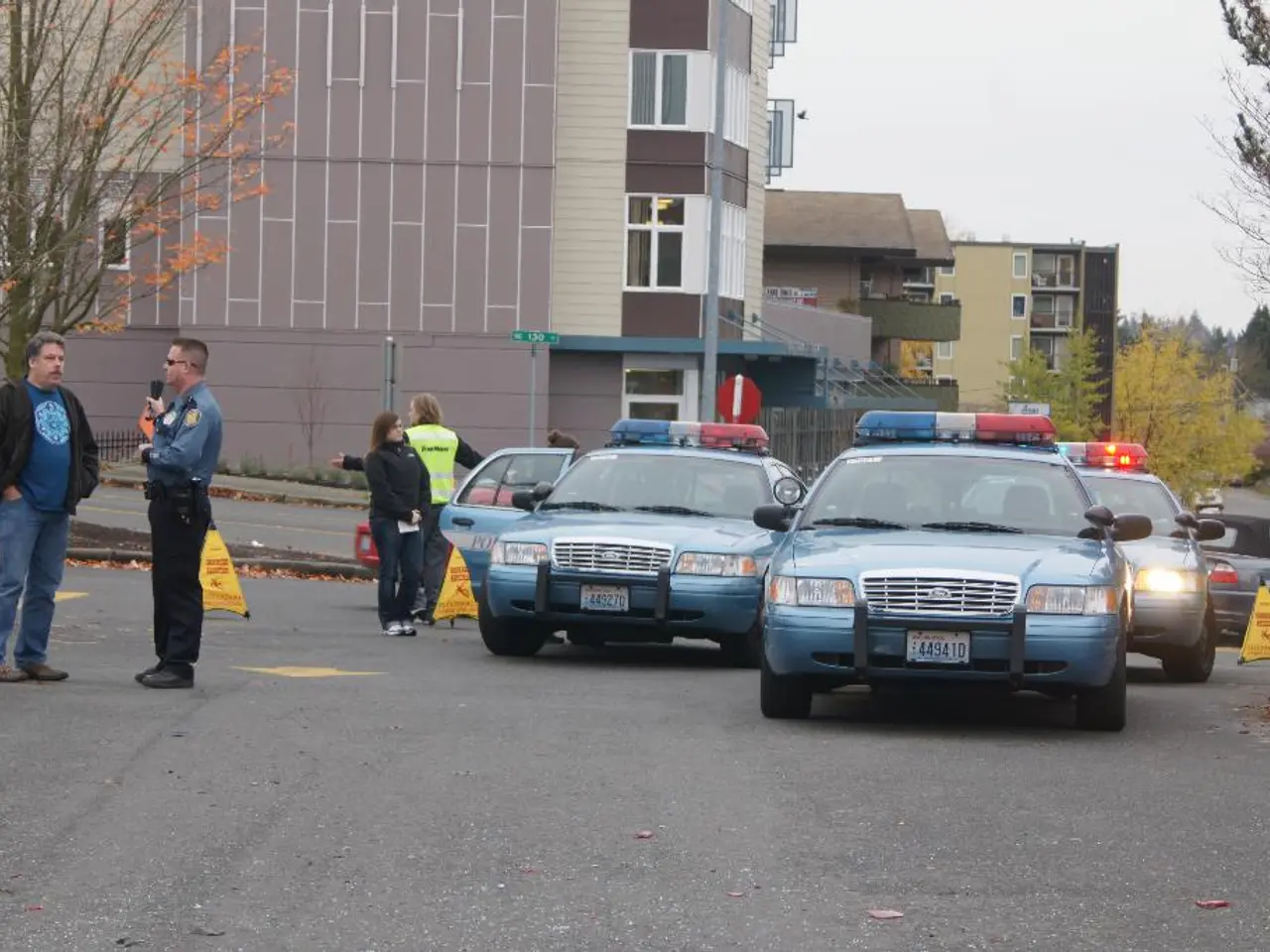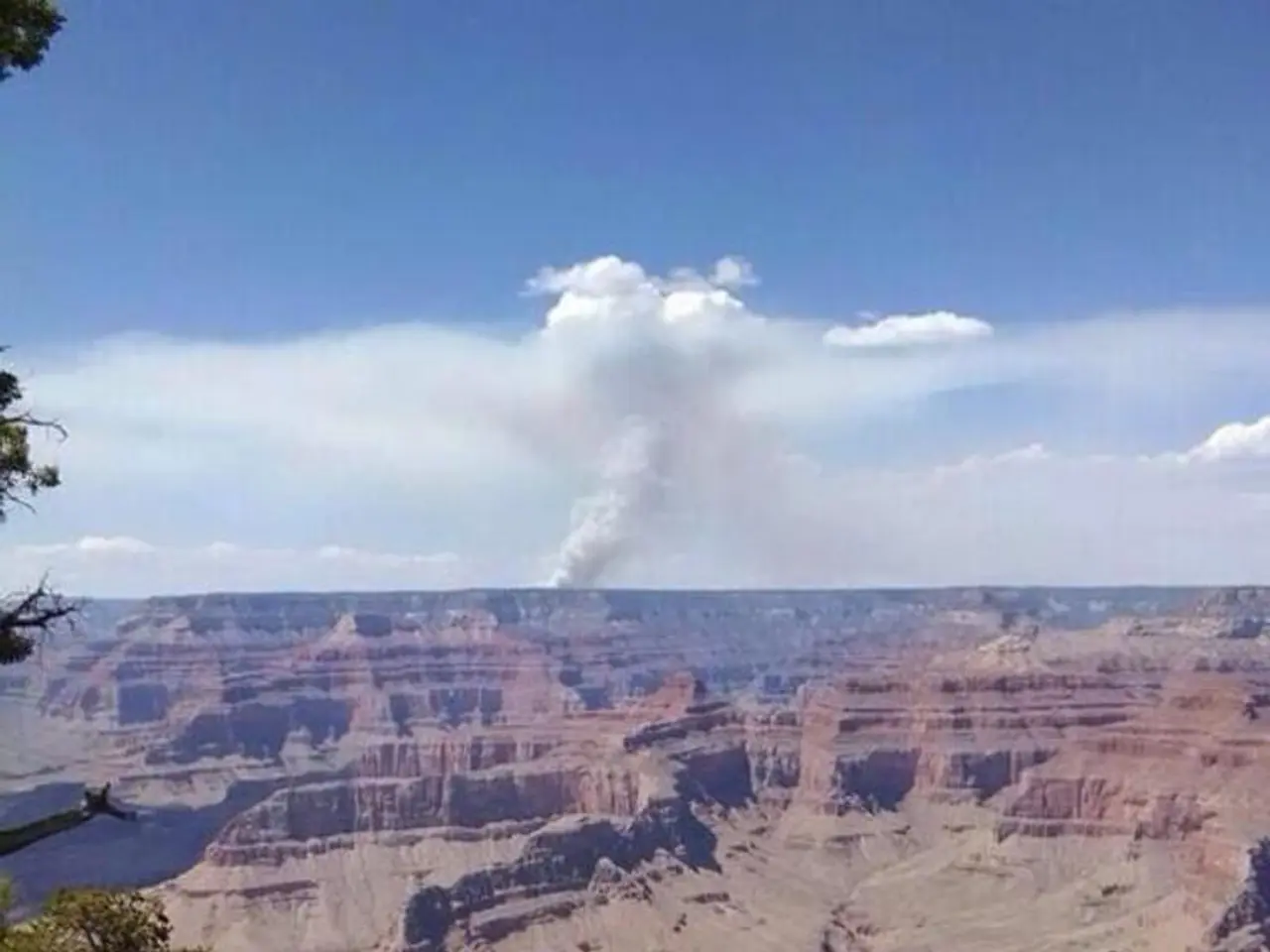Heavy downpours in north-east Romania resulted in floods, leading to the deaths of three individuals and the evacuation or isolation of hundreds more.
Historic Flooding Hits Romania: Bistrița River Reaches Record High, Causing Devastation
In late July 2025, the Bistrița River in Romania experienced a historic discharge, reaching a water height of 390 cm, surpassing the established danger threshold of 350 cm by 40 cm — the highest level recorded since the 1970s [1][3][4]. This extreme event was caused by intense rainfall, with reports citing up to 120 mm of rain in a 12-hour period, exacerbated by saturated soil and hilly terrain that accelerated surface runoff, leading to rapid and destructive flash floods [2][3].
Impact
The floods have had a severe impact on the region, with several areas experiencing loss of life, evacuations, infrastructure damage, power and communication disruptions, and emergency response efforts.
- Loss of life: At least 3 deaths were reported, including one person drowning in Broșteni (Suceava County) and two elderly women elsewhere [1][3][4].
- Evacuations: Around 880 people evacuated in Neamț County alone; several villages and towns cut off due to floodwaters and blocked roads, with some residents sheltered on upper floors until rescued [1][4].
- Infrastructure damage: Collapsed bridges, blocked national roads from debris and landslides, fallen trees, and road sections washed away (between Ostra and Stulpicani) [1][3][4].
- Power and communication disruptions: Several areas lost phone signals and electricity, complicating rescue efforts [1][3].
- Emergency response: Hundreds of firefighters and rescue teams were mobilized, including SMURD helicopters and excavators for victim recovery and evacuation operations [1][3][4].
Evacuation Efforts
Emergency teams have been working tirelessly in the hardest-hit areas, such as Broșteni-Neagra and Ostra. Helicopters have been deployed for search and rescue, particularly where access was cut off [1][3][4]. Residents trapped by rising waters were rescued from isolated locations, including families taking refuge indoors [1][4].
Current Situation
As of now, there are 22 people isolated in a guesthouse in the area, who will be evacuated by helicopter. The exact number of people who need to be evacuated is unknown, as communications are cut in several areas [1]. The National Institute of Hydrology and Water Management (INHGA) has issued a red alert for rivers in Suceava, Harghita, and Neamț counties [1].
Future Steps
Authorities have emphasized the need for improved disaster resilience in the face of increasingly severe climatic events. The number of helicopters could be increased, depending on the dynamic situation [1]. The floods represent one of the worst natural disasters in the region for over 50 years, highlighting the challenges of emergency management amid such events [2].
In the context of ongoing disaster management, authorities may need to allocate resources for reporting on a wider spectrum of news topics beyond just regional floods, such as general news, politics, crime and justice, accidents, and sports.
The extreme weather conditions leading to the flooding in Romania could pose challenges for the emergency services and call for enhanced coverage of adverse climatic events in sports and other physical outdoor activities, as well as its impacts on transportation, infrastructure, and public safety.





